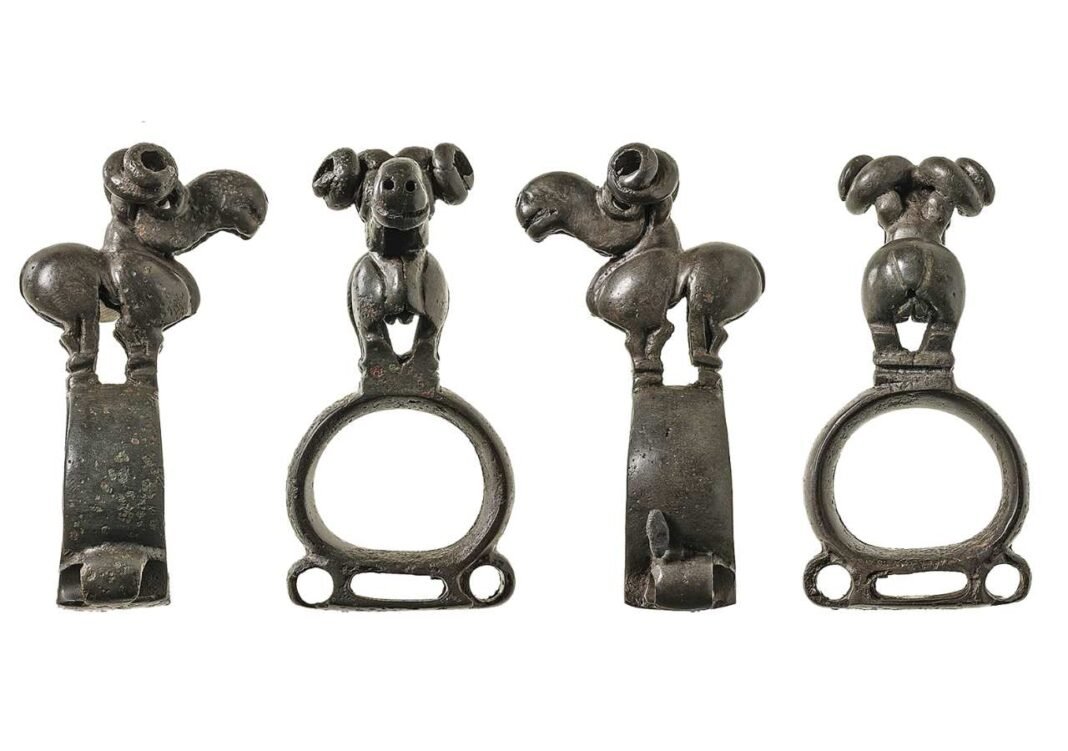
Miners in Botswana have uncovered an extraordinary gemstone—a natural pink diamond weighing 37.41 carats and split cleanly between two colors. One half is a striking pink, while the other remains colorless—a combination that experts say likely formed in two distinct geological stages deep within the Earth.
The Gemological Institute of America (GIA), a nonprofit research center in Carlsbad, California, confirmed the find and described it as “astounding” due to its size, clarity, and rare dual coloring. The diamond measures about 1 by 0.63 by 0.57 inches (24.3 by 16 by 14.5 millimeters), making it one of the largest known natural diamonds with this unique color division.
A rare geological marvel
According to the GIA, the diamond’s two distinct zones reveal that it formed in two separate phases. The pink half likely developed first and was later altered by intense geological forces, while the colorless half formed afterward under stable conditions.
Sally Eaton-Magaña, senior manager of diamond identification at GIA, explained that the pink section was probably colorless when it began forming millions of years ago. Over time, it became “plastically deformed,” possibly during a mountain-forming event, which bent its atomic lattice and turned it pink. The colorless portion, she added, grew later and remained unaffected by that deformation.
How pink diamonds form
Pink diamonds are among the world’s rarest gemstones, and scientists still debate the exact cause of their color. These diamonds originate more than 100 miles (160 kilometers) beneath Earth’s surface in a layer called the mantle. There, intense heat and pressure bond carbon atoms into a tightly packed structure.
Unlike other colored diamonds that gain their hue from impurities or radiation exposure, pink diamonds owe their color to structural distortion. The lattice inside the stone becomes slightly misaligned under geological stress, altering how it absorbs light. If the deformation is too light, the stone stays clear; too strong, and it turns brown.
“It’s kind of like Goldilocks,” said Luc Doucet, a senior research geologist at Curtin University in Australia, in an earlier interview with Live Science. “There are a lot of brown diamonds, and very, very few pink diamonds.”
From Botswana’s famous Karowe mine
The GIA confirmed that the gem came from Botswana’s renowned Karowe mine, one of the world’s most productive diamond sites. Operated by Lucara Diamond Corp., the mine has produced several record-breaking stones in recent years, including the 2,488-carat “Motswedi” diamond — the second-largest rough diamond ever recovered — and the 62-carat “Boitumelo” pink diamond.
While smaller pink-and-colorless diamonds have been discovered before, usually weighing no more than 2 carats (0.014 ounces, or 0.4 grams), this new find stands out for its massive size and clear color contrast.
The discovery adds another milestone to Botswana’s legacy as a global diamond powerhouse and highlights the geological complexity behind one of nature’s rarest and most beautiful creations.


